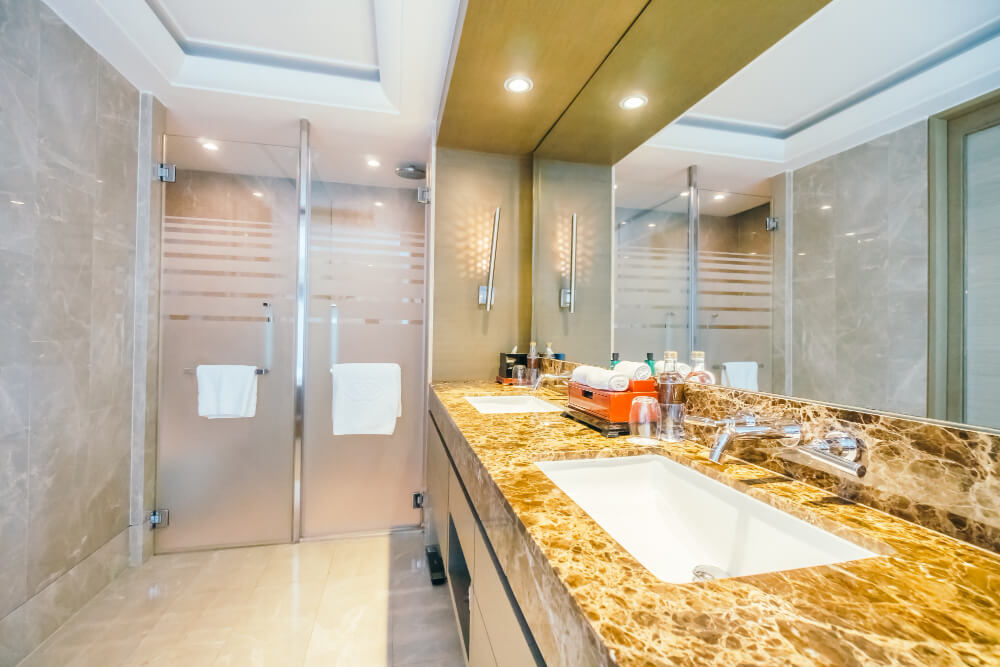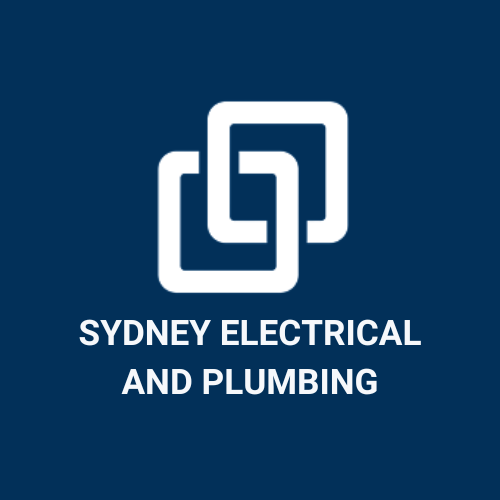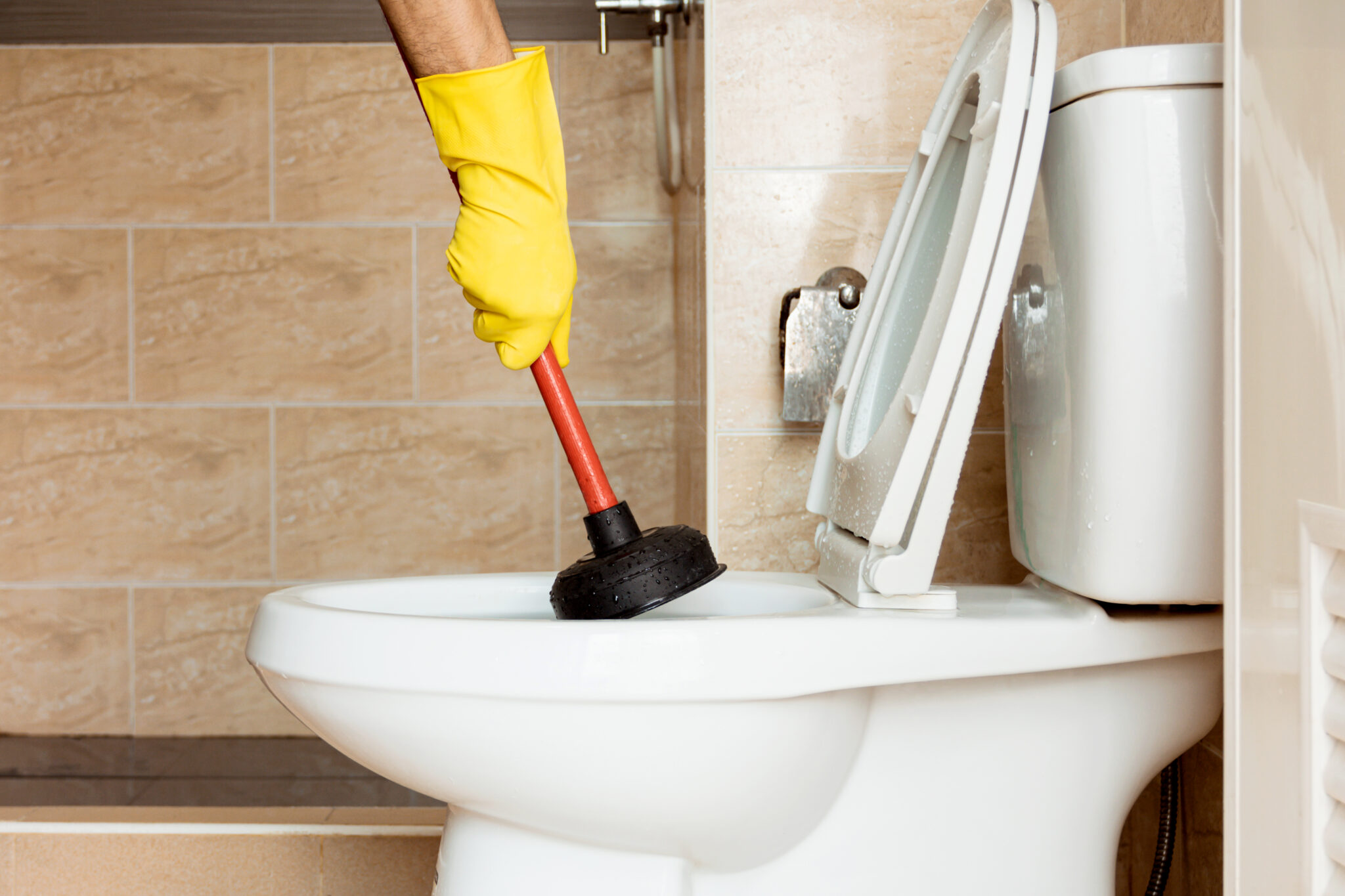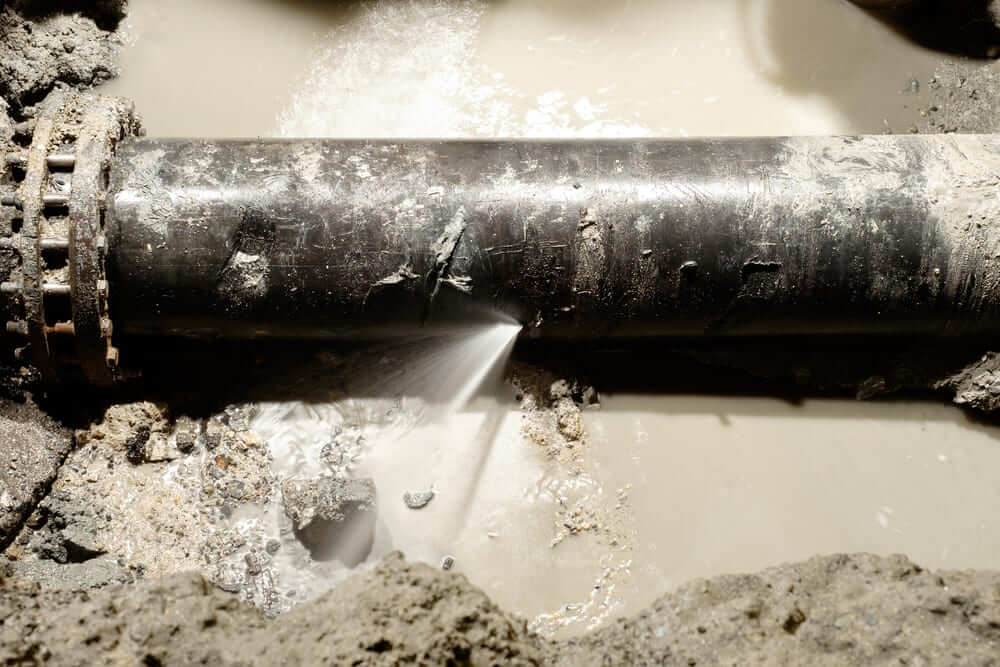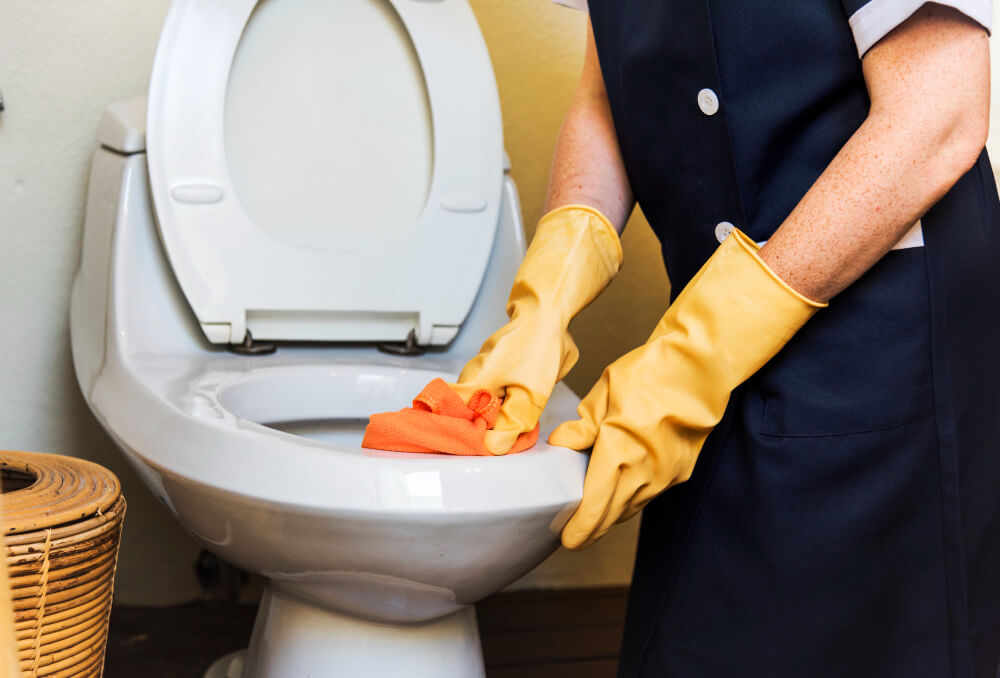To renovate your bathroom in Australia, consider your preferences, current plumbing and electricity positions, and the space available for new fixtures and fittings. Measure up the room to determine the space needed for installation and consider adding more storage. Remember to waterproof wet areas. Use the 60-30-10 rule for color, with 60% being the main color, 30% for mid-range areas, and 10% for accent colors. Consider finishing touches, such as large tiles for a larger space or smaller mosaic tiles for a cozy feel.
Table of Contents
Introduction: How to renovate a bathroom
A bathroom renovation is a significant home improvement project that can transform a mundane bathroom into a luxurious retreat or modern oasis. According to the National Association of Realtors, bathroom renovations increase property value and appeal to potential buyers. A well-planned renovation can enhance comfort, modernize outdated fixtures, and address issues like limited space or inefficient layouts. However, proper preparation and planning are crucial for a successful renovation.
Planning Stage: Preparing for a Successful Renovation
Evaluating the Present Bathroom
Defining Problems and Objectives
First, assess the condition of your bathroom as it is. Make a note of any current issues, such as leaks, antiquated fixtures, inadequate ventilation, or inadequate storage. Contemplate your perfect bathroom at the same time, taking into account the design aspects, the intended use, and any unique features you would like to add. You can set realistic goals and prioritize renovations by being aware of these factors.
Creating a Budget
Establish a reasonable spending limit for the remodeling job. Examine the typical prices for fixtures, supplies, labor, and other charges like permits and unforeseen circumstances. To maintain financial flexibility, it’s critical to set aside a contingency fund, usually between 10 and 20 percent of the overall budget, for unforeseen expenses that may develop throughout the remodeling process.
Getting Creative and Conceptual
Examining Potential Designs
Look through a variety of design influences to choose a look that suits your tastes. There are endless sources of design inspiration, including websites, periodicals, social media sites, and home renovation programmes. Think about things like color palettes, designs, and creative storage options that complement your idea for the remodeled area.
Investigating Fixtures and Materials
Examine the various fixtures, finishes, and materials that are on the market. To help you make an informed decision, compare their pricing, maintenance requirements, and durability. Take into account environmentally friendly choices or energy-saving fixtures that can eventually result in lower water and energy usage.
In the next stage of “Creating a Renovation Plan,” we’ll delve deeper into designing layouts, selecting fixtures, and sketching out your dream bathroom. These crucial steps will form the foundation for executing a successful renovation while staying within your budget and achieving your desired outcome.
Read More: 7 Best Methods To Unclog A Toilet
Creating a Renovation Plan: Designing Your Dream Bathroom
After assessing your current bathroom and setting a budget, the next crucial step in the renovation process is creating a detailed plan. This phase involves designing layouts, selecting fixtures, and outlining the essential elements that will shape your dream bathroom.
Design and Layout
Sketching Layout Options
Start by making sketches of several bathroom arrangement options. Take into account the current electrical and plumbing setups since they may restrict significant alterations. Try several configurations to get the best use of available space while maintaining a design that is both practical and aesthetically beautiful.
Considering Functionality and Space Optimization
When creating the layout, put utility first. Make sure to leave enough room for necessities such as the toilet, washbasin and bathtub or shower. Make sure there is adequate space for movement, and to reduce clutter, think about storage options. Optimizing the amount of natural light and ventilation in the room can help improve its atmosphere.
Selecting Fixtures and Materials
Choosing Bathtubs, Showers, Sinks, and Toilets
Choose fixtures that complement your practical needs and design concept. Think about things like simplicity of upkeep, water efficiency, style, and size. Select fixtures that both fit your functional needs and blend in with the overall design, whether you’re looking for a space-saving compact sink, a sleek modern shower or an opulent freestanding bathtub.
Picking Tiles, Flooring, Lighting, and Accessories
The ambience of the bathroom is greatly influenced by the selection of tiles, flooring, lighting, and accessories. Try different tile colors, textures, and patterns to give the room a unique feel. Choose flooring materials that are water-resistant and long-lasting for your bathroom. Sufficient natural and artificial illumination improves usability and fosters a friendly environment. Look into useful and aesthetically pleasing additions like storage units, mirrors, and towel racks.
The foundation for a successful restoration is laid by creating a thorough plan that includes the layout, fixtures, and materials selection. We’ll go over the necessary preparations for the remodeling in the following phase, “Preparing for Renovation,” which includes obtaining the necessary tools, obtaining permits, and setting up the area for the makeover.
Preparing for Renovation: Essential Steps Before the Transformation
As you inch closer to commencing your bathroom renovation, thorough preparation is key to ensuring a smooth and successful process. This phase involves gathering tools, securing necessary permits, and preparing the space for the impending transformation.
Gathering Tools and Materials
Prior to starting the renovation project, make a thorough inventory of the equipment and supplies needed. A hammer, screwdrivers, utility knife, measuring tape, wrenches, and power tools like drills and saws are examples of common tools. Additionally, to guarantee a safe working environment, gather safety gear including masks, goggles, and gloves.
Make sure you have all the fittings, flooring, tiles, electrical components, plumbing supplies, and any other things specifically required for the refurbishment in terms of materials. Once the renovation is underway, arrange and store these products in a dedicated area to make things go more smoothly.
Securing Necessary Permits
The necessity of acquiring licenses from local authorities may vary depending on the scope of your project. Any work that affects the structure of the building, including structural, electrical, and plumbing upgrades, usually requires a permit. To find out whether particular permissions are required for your project, contact the building department or municipal office in your area. Inadequately obtaining the required permits may lead to penalties or difficulties when renovating.
Clearing the Space
Clear the bathroom area of all fixtures, personal belongings and anything that might get in the way of the restoration. By clearing the space, the renovation project may start without any problems and on a blank slate. By closing off adjacent rooms or covering furniture and flooring, you may keep dust and debris out of other sections of your house.
You are now prepared to begin the renovation process once you have acquired the appropriate equipment and supplies, secured any necessary permits, and cleared the area. The practical phases of renovating your bathroom, from demolition to finishing touches, will be covered in the next section, “Execution of the Renovation,” with our assistance.
Read More: How to fix a leaking shower tap
Execution of the Renovation: Transforming Your Bathroom
As the planning and preparation phases culminate, the execution stage marks the actual transformation of your bathroom. This phase involves a series of steps, from demolition and installations to finishing touches, to bring your envisioned design to life.
Demolition and Removal
Start the renovation by taking apart and getting rid of the current flooring, tiles, fixtures, and anything that needs to be replaced. When demolishing, use caution so as not to harm structural elements. Make sure to dispose of rubbish responsibly and think about employing experts to remove waste effectively.
Plumbing and Electrical Work
Attend to the electrical and plumbing needs in accordance with the revised layout or fixture locations. This could entail rewiring electrical connections, rerouting pipes, or installing new plumbing fixtures. It is important to hire licensed professionals for these tasks to ensure adherence to building codes and safety norms in the area.
Installation of Fixtures and Materials
After the plumbing and electrical work is finished, install new fixtures, flooring, tiles, and other materials in accordance with the renovation design. For precise installations, adhere to manufacturer guidelines and recommended procedures. To get the desired result at this phase, pay close attention to detail.
Painting and Finishing Touches
Apply finishes or paint to surfaces and walls to finalize the renovation’s aesthetic appeal. To give the renovated area more practicality and style, add accessories like towel racks, mirrors, bookcases, and other decorative pieces. To guarantee a polished finish, look for any touch-ups or modifications that are required.
Final Inspection and Testing
Examine the remodeled bathroom carefully to look for any problems or inconsistencies. Make sure all plumbing, electrical, and fixture connections are working correctly by testing them. Before announcing the remodeling as finished, take care of any last-minute alterations or fixes.
Your painstaking preparation and planning pay off throughout the execution stage. By paying close attention to details and following safety procedures, your bathroom will be transformed into a refreshed and useful area.
Tips and Best Practices: Navigating Your Bathroom Renovation Journey
Embarking on a bathroom renovation can be exhilarating yet challenging. To ensure a successful outcome and a smooth renovation journey, consider these valuable tips and best practices:
Dealing with Unexpected Challenges
When renovating, be ready for unforeseen circumstances. Once you begin the renovation, hidden concerns like mold, water damage, or structural issues can show themselves. It’s a good idea to budget for contingencies and to be adaptable with your deadline to account for unforeseen events.
Staying Organized Throughout the Process
Keep thorough records of all your costs, receipts, design schematics, and contractor agreements. Maintaining organization makes it easier to monitor development, control spending, and interact with contractors and other remodeling specialists.
Hiring Professionals vs. DIY
Consider your abilities and the difficulty of the remodeling projects before choosing to hire experts or do it yourself. Simple renovations like painting or adding accessories could be doable as do-it-yourself projects, but intricate plumbing or electrical work should be left to qualified professionals to guarantee safety and legal compliance.
Prioritizing Functionality Over Trends
Prioritize practicality and functionality over style, even though adopting trendy designs might improve aesthetics. Rather than focusing only on fads in design that may go out of style in the future, choose fixtures, layouts, and materials that complement your lifestyle and meet your unique needs.
Proper Ventilation and Waterproofing
In order to avoid moisture buildup, which can result in mold and mildew, make sure there is enough ventilation. To extend the life of your remodeled bathroom, make sure to include enough waterproofing measures during installation to shield the flooring, walls, and structural components from water damage.
By putting these advice and best practices into practice, you can ensure that your newly remodeled bathroom satisfies both functional and aesthetic criteria while also streamlining the restoration process, reducing setbacks, and assisting you in achieving a successful and happy conclusion.
Completion and Post-Renovation: Finalizing Your Newly Renovated Bathroom
There are crucial actions to take when the renovation draws to a close in order to guarantee that the completely renovated bathroom lives up to your expectations and is in excellent shape for many years to come.
Inspecting the Finished Bathroom
Examine each and every detail of the remodeled bathroom in great detail. Look for any flaws, blemishes, or incomplete elements. Make that all electrical, plumbing, and fixture components are operating properly by testing them. Before completing the assignment, take care of any outstanding problems.
Making Final Adjustments
After the first inspection, take care of any small touch-ups or corrections that could be required. To get a polished and faultless finish, take care of any neglected details, loose fittings, or paint defects.
Maintenance Tips for the New Bathroom
Maintaining your refurbished bathroom on a regular basis will keep it in immaculate shape. Create a maintenance plan that includes cleaning the drains, surfaces, and fixtures. To stop premature wear and damage, adhere to the manufacturer’s cleaning and maintenance recommendations for the particular materials.
Enjoying Your Newly Renovated Space
Enjoy the results of your hard work now that your bathroom makeover is finished and in top shape. Savor the comfort, usefulness, and visual appeal of your renovated area. Revel in the thrill of completing a renovation job that successfully made your bathroom a haven.
Seeking Professional Help if Needed
Please don’t hesitate to contact the experts or contractors that worked on the project if any problems occur after the remodeling or if you need more help. To handle any issues that may arise after a remodeling, many trustworthy contractors provide warranties or aftercare services.
You can make sure that your recently remodeled bathroom stays a useful and welcoming area for many years to come by carrying out a comprehensive examination, making any necessary improvements, putting appropriate maintenance procedures into place, and enjoying the finished product.
Conclusion: Embark on Your Bathroom Renovation Journey
A bathroom renovation increases the use, appeal, and value of your house. It’s a satisfying project. It is possible to turn your bathroom into a unique haven by following best practices, preparing carefully, and carrying out the project with thoughtfulness. Accept the trip, maintain organization, give practicality top priority, and bask in the joy of seeing your vision materialize into a refreshed and welcoming area. Begin your bathroom renovation adventure right now and take pleasure in the transformational process that results in a practical and revitalized bathroom that is customized to your needs.
How much does it cost to renovate a bathroom
A bathroom renovation in Australia can vary in cost depending on factors like size, extent, and materials used. The average cost was $17,522 in 2018, but the true cost can vary depending on style, needs, and circumstances. Budget renovations in small bathrooms can be as low as $5,000, while major renovations in larger bathrooms can cost $25,000 or more. Consider your preferences, fixtures, and plumbing and electricity placement for a cost-effective renovation.
How long does it take to renovate a bathroom?
The duration of a bathroom renovation project depends on factors like size, scope, and materials availability. A small remodel can take 23 days under ideal conditions, 4.5 weeks or slightly more than a month if work is uniform. To plan a bathroom renovation in Australia, consider your preferences, new features, fixtures, and fixtures, and consider the location of plumbing and electricity.
Can I do my own bathroom renovation or should I hire someone?
The decision to renovate a bathroom depends on your experience, budget, and project complexity. DIY renovations are best for those with expert knowledge, while hiring professionals for plumbing, framing, or electrical tasks can save time and ensure quality. However, high costs can be a concern. To ensure a smooth DIY project, have a clear plan, choose appropriate materials, and address any mistakes promptly.

